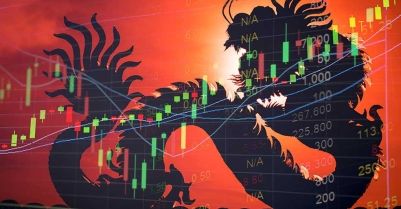-
View article
 #Economy
#EconomyChina: confidence, price war and credibility are the watchwords in this early part of the year
2024/03/26
- 2010/05/10
- 3 min
- 0
-
0
“Navigating Liquidity 4" - Crédit Agricole Cheuvreux's fourth research report on equity exchange liquidity
Paris, London -10 May 2010 - Crédit Agricole Cheuvreux announces the publication of “Navigating Liquidity 4”, the fourth in its series of bi-annual equity exchange liquidity reports. These reports provide a detailed analysis of the impact that MTFs (specifically Chi-X, Turquoise, BATS and Nasdaq-OMX) have had on market efficiency and the fragmentation of liquidity, as well as the challenge that they pose to the primary markets.
This issue examines how Reg NMS and MiFID caused a paradigm shift to the roles of market participants by radically changing the responsibilities, interactions and microstructure of the market. The report provides answers to certain questions about high-frequency trading, showing, for example, through a comparison of Spanish and UK markets, that the increase in high-frequency trading does not have a positive effect on intra-day volatility.
"Now that the regulators are discussing possible adjustments to Reg NMS and MiFID to improve the efficiency of the “market of markets”, it is more important than ever to fully understand how the new microstructure has changed the various roles and interactions post-fragmentation. This report provides in-depth analysis of the changes in the microstructure, the impact on liquidity and the mechanism of dark pools as an alternative liquidity source. An understanding of these issues is vital if investors are to source and provide liquidity efficiently,” says Ian Peacock, Global Head of Execution Services at CA Cheuvreux.
In concrete terms, investors, listed companies and brokers need to have new reflexes. The report notably provides a list of the three main operating questions that each of these various groups should bear in mind:
Investors (Buy-side Institutions)
- What is the intra-day impact on the liquidity risk of a stock?
- Is the breakdown of my executions on trading venues in line with my risk aversion?
- Do I need to execute my trades in the dark?
Listed companies:
- Does the High-Frequency Trader change the profile of my shareholders?
- What are the specificities of dark pools?
- What is the turnover of my stock on visible books, dark pools and OTC deals today?
Brokers (Sell-side Institutions)
- Is my latency to each market lower than its Nyquist-Shannon latency bound?
- Do I control the balance between execution speed and adverse selection (especially in dark pools)?
- Are my liquidity-seeking tactics self-adaptive?




